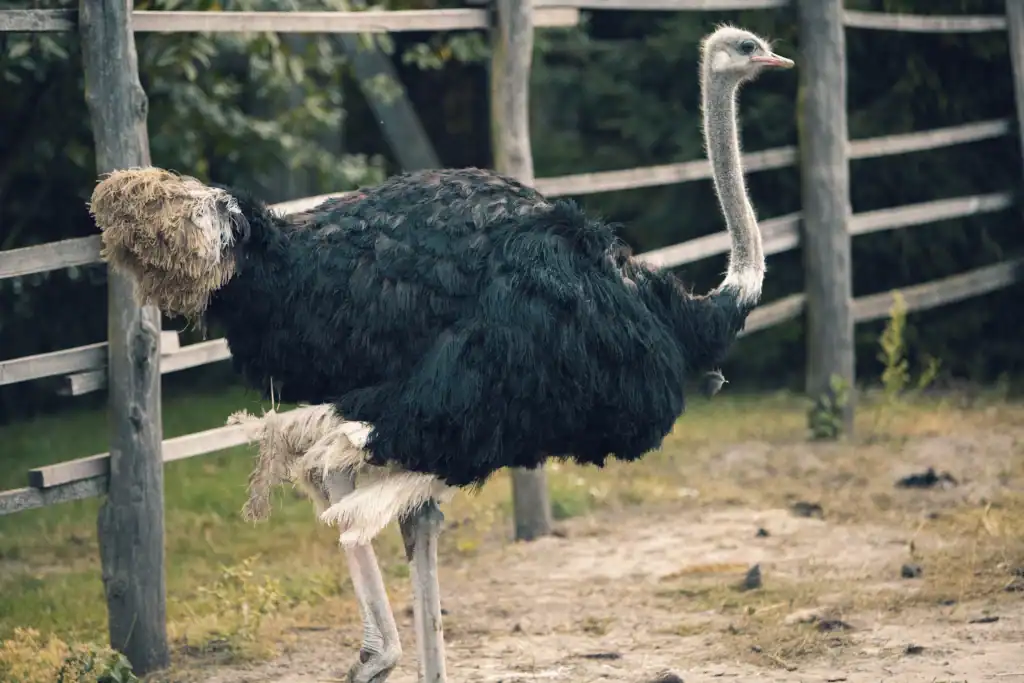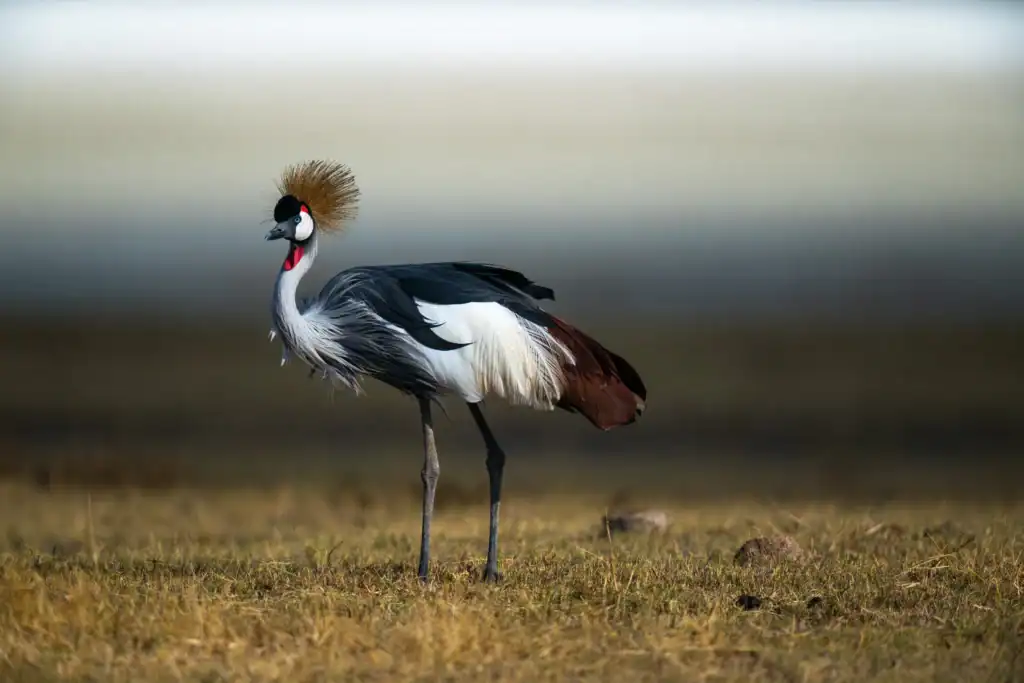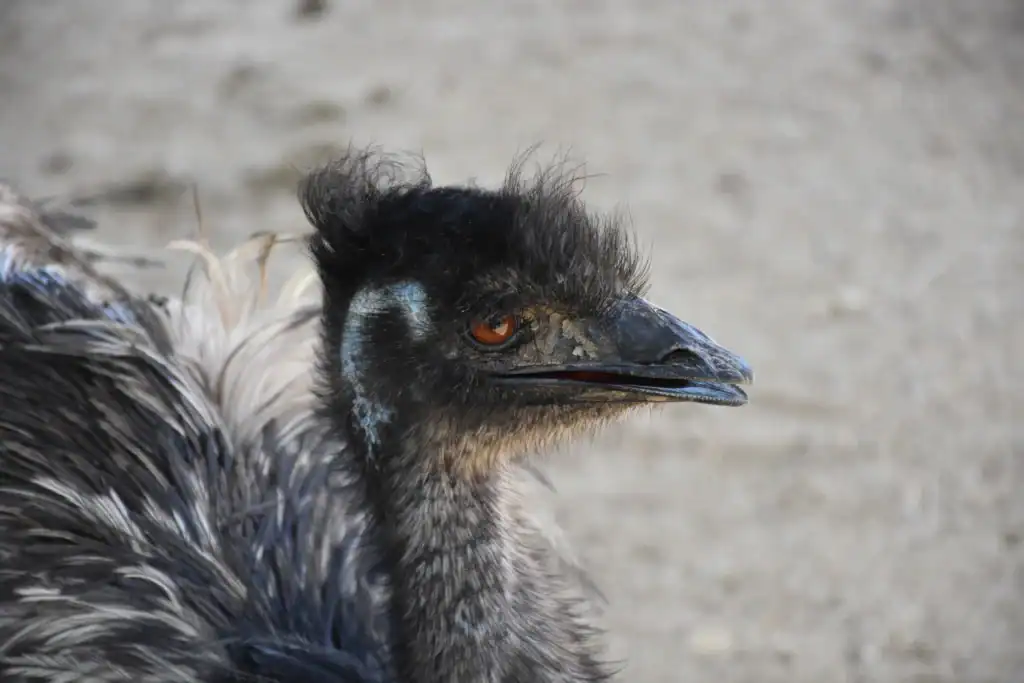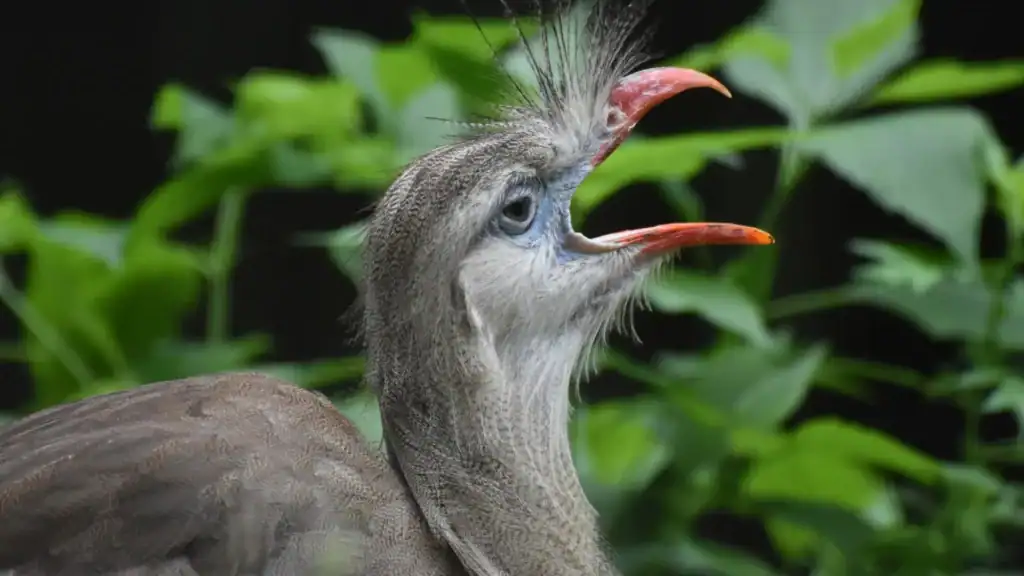The cassowary’s claw is an extraordinary natural feature that sets the cassowary apart in the animal kingdom. This claw is not just any ordinary bird’s nail; it is a specialized weapon that has evolved over millions of years to aid in defense, survival, and interaction within its environment.
The cassowary’s claw is unique because of its size, shape, and deadly potential, making it a subject of fascination and caution among scientists and nature lovers alike.
This article dives deep into the world of the cassowary claw, explaining its anatomy, purpose, and why it holds such power in the life of this remarkable bird.
What Exactly Is the Cassowary Claw?

The cassowary claw is a remarkable adaptation found on the second toe of the cassowary’s foot. Measuring up to 12 centimeters (around 4.7 inches), this long, curved claw resembles a dagger more than a typical bird’s claw.
Unlike the sharp but relatively small claws of many birds, the cassowary’s claw is thick, strong, and capable of inflicting severe damage. Its structure is made primarily of keratin, the same material that forms human fingernails and hair, giving it both toughness and a natural sharp edge.
The location of the claw on the inner toe is strategic; it allows the bird to deliver sideways kicks that are both precise and powerful. This claw grows continuously, and the bird naturally maintains its sharpness by walking through rough forest terrain, which acts like a natural file.
The cassowary’s ability to wield such a weapon has been essential in its survival within dense rainforests where predators and rivals abound.
Key Features of the Cassowary Claw:
- It is sharp, curved, and designed to slice and pierce.
- Made of keratin, providing both durability and resilience.
- Positioned on the second toe, noticeably larger than the other claws.
- Grows continuously and is kept sharp by natural abrasion in the environment.
- Acts as an effective tool for both defense and territorial dominance.
The cassowary claw stands as a perfect example of how evolutionary pressure shapes unique survival tools in wildlife.
Why Is the Cassowary Claw So Dangerous?

The danger posed by the cassowary’s claw is significant and sometimes underestimated by those unfamiliar with this bird. Cassowaries are generally shy creatures, but they can become highly aggressive if they feel threatened or cornered.
The sharpness and length of the cassowary’s claw, combined with the bird’s powerful legs, make it capable of delivering kicks that can slice through flesh, tendons, and even break bones.
Unlike many other birds, cassowaries have been known to attack humans if provoked, and the results can be serious or fatal. The claw can cause deep puncture wounds that are difficult to treat, and the force of a cassowary kick can result in severe trauma.
This combination of sharpness and strength turns the cassowary into one of the most dangerous birds alive today.
Why This Claw Is Deadly:
- The claw’s sharp tip can easily penetrate skin and muscle.
- The cassowary’s strong leg muscles allow for powerful, fast kicks.
- Kicks can be directed sideways, making the claw act like a slashing blade.
- Injuries from the claw can cause heavy bleeding and infections.
- Several cases have been recorded where cassowary claw injuries led to serious medical emergencies.
Understanding the danger of the cassowary claw is essential for anyone who encounters these birds in the wild or captivity. It is this weapon that has helped the cassowary survive in hostile environments for thousands of years.
The Anatomy Behind the Cassowary Claw

The anatomy of the cassowary claw is a fascinating example of evolutionary specialization that equips this bird with a unique and powerful tool for survival. Unlike typical bird claws, the cassowary’s claw is located on the second toe, which is noticeably larger and more robust than the others. This toe supports a long, curved, and razor-sharp claw that can grow up to 12 centimeters in length, making it one of the most formidable natural weapons in the animal kingdom.
The claw itself is composed of keratin, the same tough protein that forms human nails and hair, providing it with both hardness and resilience. Underneath the surface, the bones of the toe are thick and strong, designed to withstand significant force when the bird delivers a kick. The muscles and tendons connected to this toe are specially adapted to allow both power and precision, enabling the cassowary to move its foot quickly and strike accurately.
This combination of bone strength, muscular control, and the curved shape of the claw allows it to act like a dagger, capable of slicing and hooking with deadly effect. Moreover, the structure of the cassowary’s leg supports rapid movements and powerful blows, making it an efficient defensive weapon as well as a tool to navigate through the dense, thorny underbrush of its rainforest habitat.
The design of the cassowary claw is a perfect example of nature’s ingenuity, combining strength, speed, and sharpness in a single lethal feature that helps the bird survive in a competitive and dangerous environment.
How Does the Cassowary Use Its Claw?
The cassowary uses its claw primarily as a powerful tool for defense and survival, but its function goes beyond just protection. When threatened by predators or rivals, the cassowary delivers swift and forceful kicks using its strong legs, with the large, curved claw on the second toe acting like a sharp dagger. These kicks can cause serious injury or even be fatal, making the claw an effective deterrent against attacks.
Besides defense, the claw plays an essential role during territorial disputes and mating battles, where cassowaries use it to assert dominance over competitors and protect their breeding grounds. Additionally, the claw assists the bird in navigating through its dense rainforest environment. The cassowary often uses its claw to push aside thick undergrowth, dig into the ground, or clear pathways, which helps it move quickly and efficiently through its habitat.
This multifunctional use of the claw, both as a weapon and a tool, highlights its critical importance to the cassowary’s daily life. Whether warding off danger or simply making its way through the forest, the cassowary’s claw is an indispensable feature that contributes to its survival and success as a species.
Role of the Cassowary Claw in the Bird’s Behavior
The cassowary uses its claw in various ways. Primarily, it serves as a defensive weapon and a means of protecting territory. Male cassowaries especially use their claws during fights over mates or dominance. Besides fighting, the claw can also be useful for digging or moving through thick underbrush.
The bird’s behavior emphasizes the claw’s importance:
- Defense against threats.
- Competition during mating seasons.
- Navigating dense rainforest floors.
The claw is thus essential not just for survival but also for social behavior.
Interesting Facts About the Cassowary Claw
The cassowary claw is not just a weapon; it also holds some surprising facts that many people do not know. For example, the claw can regenerate if damaged, and it grows continuously like human nails. This ability helps the cassowary maintain its primary defense tool.
- The claw grows about 1-2 mm per week.
- It is sharp enough to cut through metal in some cases.
- Cassowaries can control the claw to deliver precise kicks.
These facts highlight how evolution has shaped this remarkable appendage.
Conclusion:
The cassowary claw is a remarkable natural weapon, vital for the bird’s defense and survival. Its unique size, strength, and sharpness make it one of the most dangerous claws in the animal kingdom.
The claw not only protects the cassowary from predators but also plays an important role in social interactions, especially during mating competitions. Proper understanding of the cassowary claw helps us appreciate the incredible adaptations nature provides for survival in the wild.
Despite its dangers, the cassowary remains a fascinating and vital part of rainforest ecosystems.
Frequently Asked Questions:
1. What makes the cassowary’s claw so powerful?
The combination of its sharpness, length (up to 12 cm), and the bird’s strong leg muscles allows the cassowary to deliver powerful, potentially deadly kicks.
2. Can a cassowary’s claw grow back if damaged?
Yes, the cassowary claw can regenerate if broken or damaged, much like human nails.
3. How does the cassowary use its claw in the wild?
The claw is mainly used for defense against predators and rivals, as well as during fights for territory or mates.
4. Are cassowaries aggressive because of their claws?
Cassowaries are generally shy but can become aggressive if threatened, using their claws as a last resort for defense.
5. How do caretakers maintain cassowary claws in captivity?
Caretakers provide rough surfaces for natural trimming and regularly check for injuries to keep the claws healthy and functional.

